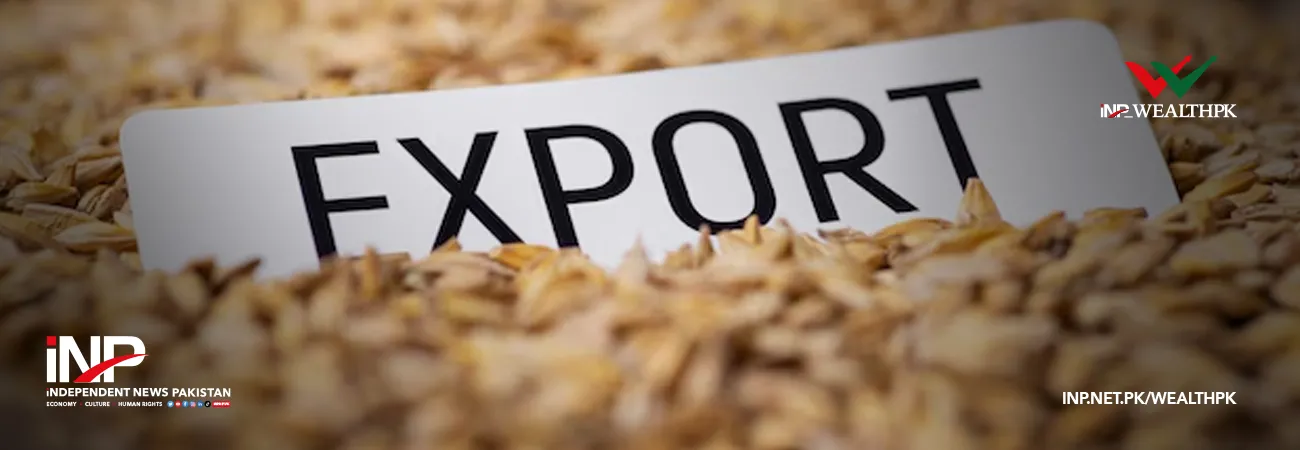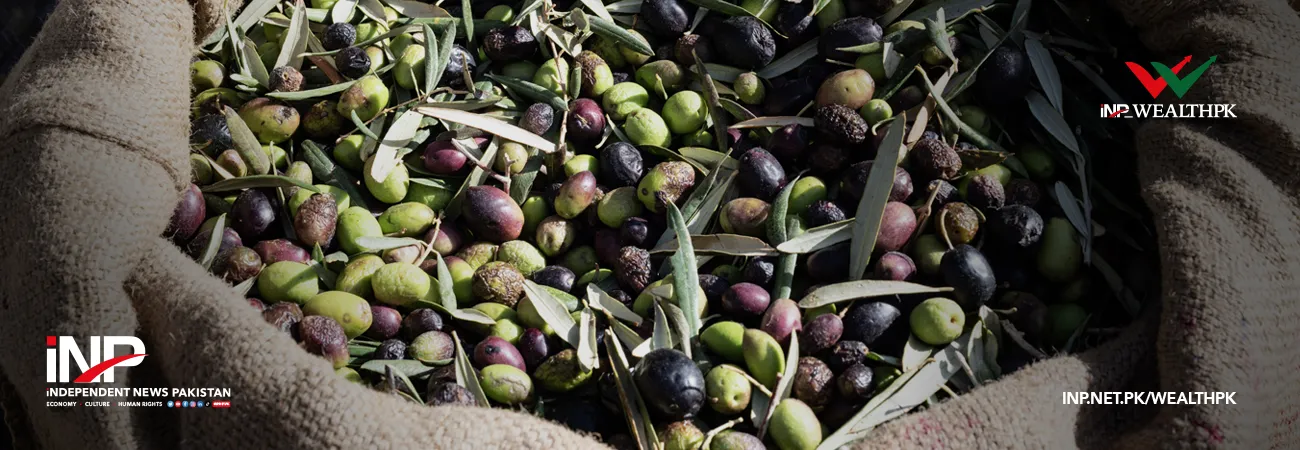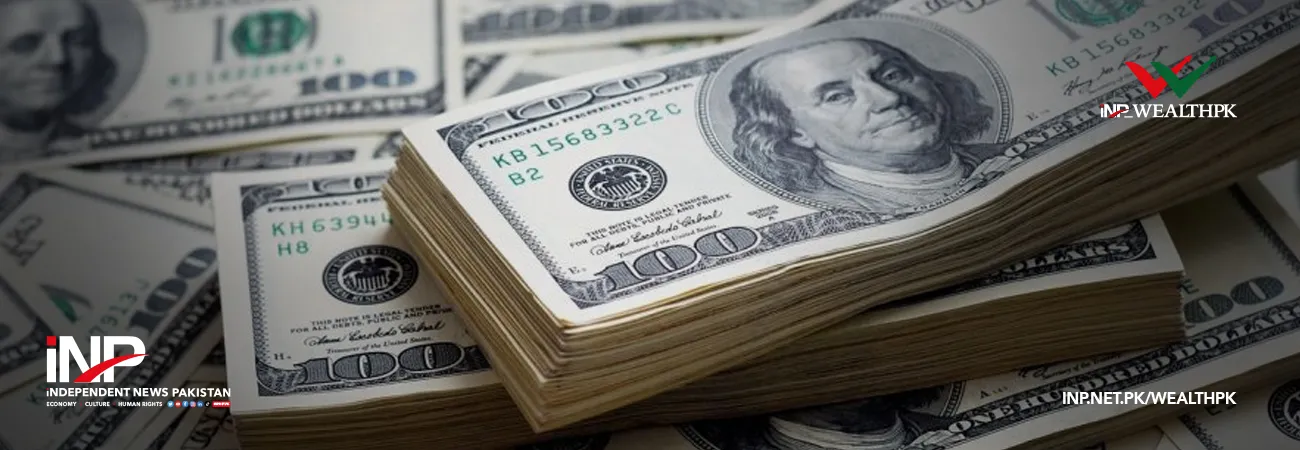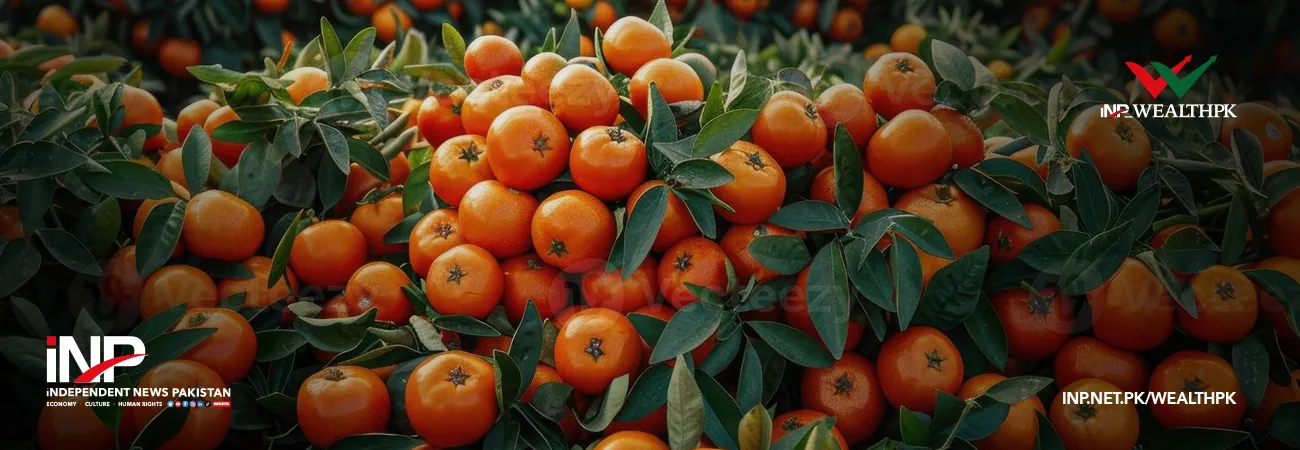INP-WealthPk
By Karim Madad ISLAMABAD, May 18 (INP-WealthPK): Pakistan’s total expenditure grew by 27.0 percent to Rs8,439.8 billion during Jul-Mar FY2022 as against Rs6,644.6 billion in the corresponding period of the last year, reports WealthPK. According to the latest report issued by the Ministry of Finance, Public Sector Development Programme (PSDP) spending increased by 58 percent to Rs1,032.7 billion in Jul-Mar FY2022 as against Rs653.9 billion in the same period of the last year. Current spending increased by 21.2 percent to Rs7,378.0 billion compared to Rs6,085.4 billion last year. The report further said the Federal Board of Revenue (FBR) provisional net tax collection during Jul-Mar FY2022 grew by 28.9 percent to Rs4,375.6 billion as against Rs3393.7 billion in the same period of last year. During the first nine months of the current fiscal year, the FBR exceeded its revenue target by 5.8 percent. The FBR’s domestic tax collection grew by 28.1 percent during Jul-Mar FY2022. Domestically, direct tax grew by 26.7 percent, sale tax by 31.1 percent, FED by 14.9 percent and customs duty by 33.7 percent. According to the report, the Monetary Policy Committee (MPC) in its meeting held on April 7 increased the policy rate by 250bps to 12.25 percent on account of significant uncertainty around the outlook for international commodity prices and global financial condition. It added that during 1st July– 1st April, FY22 money supply (M2) registered a growth of 2.7 percent (Rs665.5 billion) compared to 6.7 percent (Rs1,439.5 billion) last year. Within M2, Net Foreign Assets (NFA) decreased by Rs1,198.9 billion compared to an increase of Rs704.7 billion last year, showing pressure on the external front, the report said. The Net Domestic Assets (NDA) of the banking sector increased by Rs1,864.4 billion compared to Rs734.8 billion last year. Under borrowing for budgetary support, the government has borrowed Rs895.7 billion against Rs711.1 billion last year. The government has retired Rs52.4 billion to the SBP as against Rs1,194.8 billion last year. The government has borrowed Rs843.2 billion from scheduled banks as against Rs1,905.9 billion last year, the report added. As to net government borrowing, the government has borrowed Rs840.6 billion compared to Rs600.3 billion over the previous year. The private sector has borrowed Rs1,198.3 billion compared to Rs443.7 billion last year, showing a growth of 20.8 percent, as of 1st April, FY2022. The report further said that regarding loans to private sector businesses, fixed investment loans showed an expansion of Rs333.1 billion compared to Rs137.0 billion during the same period last year. The working capital loans increased to Rs 608.7 billion as against borrowing of Rs110.8 billion last year. Construction financing increased to Rs60.5 billion during Jul-Mar, FY2022 compared to Rs32.2 billion during the same period last year. Regarding the external sector, the Current Account posted a deficit of $13.2 billion for July-Mar FY2022 as against $275 million last year. The current account deficit widened due to the constantly growing import volume of energy and non-energy commodities, along with a rising trend in the global prices of oil, Covid-19 vaccines, food and metals. Exports on FOB grew by 26.6 percent during Jul-Mar FY2022 and reached $23.7 billion ($18.7 billion last year), while imports on FOB grew by 41.3 percent during Jul-Mar FY2022 and reached $ 53.8 billion ($ 38.1 billion last year), the report added. As a result, the trade deficit (Jul-Mar FY2022) reached $30.1 billion as against $19.3 billion last year. During Jul-Mar, FY 2022, exports increased by 25.0 percent to $23.3 billion ($18.7 billion last year). Exports grew by 17.7 percent in March 2022 to $2.78 billion as against $2.36 billion last year. The report further said that the major export commodities which have shown tremendous performance during the review period include ready-made garments (26.2 percent in value & 33.9 percent in quantity), bed wear (19.3 percent in value & 15.0 percent in quantity), cotton yarn (26.0 percent in value and quantity declined by 11.2 percent), cotton cloth (26.5 percent in value & 8.9 percent in quantity), knitwear (34.1 percent in value quantity declined by 4.8 percent), chemical & pharma products (29.6 percent in value), leather manufactured (8.5 percent in value) and Basmati rice (21.6 percent in value & 26.1 percent in quantity). The increase in overall exports is driven by the growth in export of value-added goods with almost 40 percent share in total exports, the report added. It said the total imports in Jul-Mar, FY2022 increased to $58.8 billion ($39.5 billion last year), posting a growth of 49.1 percent. The main commodities imported were petroleum products, palm oil, petroleum crude, iron & steel, liquefied natural gas, medicinal products, plastic materials, textile machinery, electrical machinery & apparatus, power generating machinery and raw cotton. Higher imports of these commodities indicate growth in the related sectors as well. Regarding foreign investment in Jul-Mar, the report said Foreign Direct Investment (FDI) reached $1,285.1 million as against $1,311.1 million last year, decreasing by 2.0 percent. In March, the net outflow reached $30.4 million on account of political instability due to regime change. The report said that the FDI received from China was $333.5 million (26.0 percent of total FDI), United States $183.1 million (14.2 percent), UAE $100.8 million (7.8 percent) and Singapore $90.5 million (7.0 percent). The power sector attracted the highest FDI of $489.1 million (38.0 percent of total FDI), financial business $322.8 million (25.1 percent), oil & gas exploration $179.7 million (14.0 percent) and information technology $118.5 million (9.2 percent). The Foreign Private Portfolio Investment registered a net outflow of $341.7 million during July-Mar FY2022. A net inflow of $502.6 million was recorded. In March 2022, $402 million outflows was in debt securities (sale/purchase of Special US $ bond, Eurobond, FEBC, DBC, T bills and PIBs). The total foreign portfolio investment recorded an inflow of $160.9 million during Jul-Mar FY2022 as against the outflow of 266.2 million last year. The report further said that the total foreign investment during Jul-Mar FY2022 reached $1,446.0 million as against $1,044.8 million last year. Workers’ remittances in Jul-Mar FY2022 reached $23.0 billion as against $21.4 billion last year, increasing by 7.1 percent. Workers’ remittances continued their unprecedented run of above $2.0 billion since June 2020. The share of remittances (Jul-Mar FY2022) from Saudi Arabia was 25.3 percent ($5809.9 million), UAE 18.7 percent ($4283.9 million), UK 13.9 percent ($3187.3 million), USA 9.6 percent ($2211.3 million), other GCC countries 11.6 percent ($2665.5 million), EU 10.9 percent ($2504.8 million), Malaysia 0.5 percent ($106.4 million), and other countries 9.5 percent. The report said Pakistan’s total liquid foreign exchange reserves stood at $16.8 billion on April 20 2022, with the SBP’s reserves reaching $10.6 billion and commercial banks’ reserves $6.2 billion. The KSE-100 index closed at 44,929 points on 31st March 2022 after gaining 468 points during the month. The market capitalization settled at Rs7,583 billion. The report further said that the PPAF through its 24 partner organizations disbursed 44,386 interest-free loans amounting to Rs2.0 billion during March 2022. Since the inception of interest-free loan component, a total of 1,805,297 interest free loans amounting to Rs64.9 billion have been disbursed to the borrowers. The Bureau of Emigration and Overseas Employment registered 88,353 emigrants during March 2022 for overseas employment in different countries. Under Kamyab Jawan Youth Entrepreneurship Scheme (PMKJ-YES), the amount disbursed to the youth for business stood at Rs36,846 million till February 2022.













